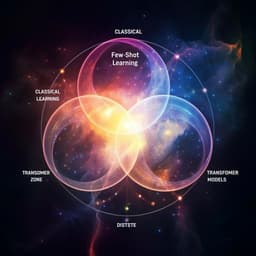
Engineering and Technology
Searching for chromate replacements using natural language processing and machine learning algorithms
S. Zhao and N. Birbilis
This study, conducted by Shujing Zhao and Nick Birbilis, showcases how natural language processing and machine learning can uncover alternatives to chromate for corrosion protection. By analyzing an extensive database of scientific literature, the research reveals how automated interpretation can yield expert insights in materials science.
~3 min • Beginner • English
Related Publications
Explore these studies to deepen your understanding of the subject.







